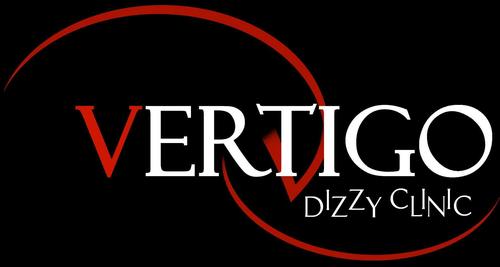Vertigo Article
Feeling Dizzy?
New Vertigo Clinic Helps Patients Get Back on Their Feet
You’re in a dark room. A black visor is fixed firmly over your eyes, tracking your eye movements with infrared optic scanners. “Move your head slowly back and forth,” says a voice behind you. “Watch the target on the screen.”
You might think you’re in a sci-fi film or playing a new virtual reality video game, but the voice is actually that of Dr. Jude Liptak, audiologist at the Vertigo Dizzy Clinic. And the strange head device? All part of the clinic’s vertigo testing equipment, also known as a VNG (videonystagmography) machine.
It may sound like science fiction, but this state-of-the-art VNG machine has helped make on-the-spot diagnoses of patients with mild to severe vertigo since the Dizzy Clinic opened in Williamsburg last October. The clinic, located in McLaws Circle, was co-founded by Liptak and local ear, nose and throat (ENT) physician Michael Jacobson, M.D. It is the only facility on the Peninsula to offer the most advanced VNG system on the market, called the “Balanceback,” which promises greater diagnostic accuracy than ever before.
Vertigo, a condition marked by a feeling of dizziness when one’s body is not actually moving, has many causes ranging from trauma or brain lesions to viruses and even long plane fights. Liptak says the most common cause of the condition he’s seen at the clinic is benign paroxysmal positional vertigo, or BPPV, which occurs when calcium crystals found within the inner ear become dislodged and migrate. BPPV is easily treated in the office by repositioning the patient’s head in a certain way so that the crystals fall back into place, similar to a game in which balls have to be rolled a particular way to fall into the correct holes, Liptak explains.
This inner ear problem was just what patient Tabetha Holt had when she went to see Dr. Liptak.
“My vertigo just came on one day out of the blue,” Holt remembers. “I turned my head and felt dizzy, and it just got worse all day. I couldn’t even drive home. I went to [an] urgent care [center] and they gave me medication that didn’t help. I went to my regular doctor, and he gave me a few more prescriptions and a patch with medication that helped a bit, but not completely. I even had an MRI done and they didn’t know why I kept having this problem. Finally, my doctor sent me to an ENT, who sent me to the Vertigo Clinic. At that point, I was worried.”
And Holt had good reason to worry—just two days after her first appointment at the Vertigo Clinic, she was getting married. “I didn’t want to trip coming down the aisle, or worse,” she says.
Liptak put Holt through a series of VNG tests, which allowed him to diagnose her with BPPV. “Dr. Liptak fixed it right away, right in the office, and explained what was wrong using pictures so I could understand,” she says. “I can’t say enough [about] what a tremendous job he did. I was so glad that I could get married without worrying anymore.”
Vertigo is a medical condition that Liptak understands all too well, having suffered from it himself in college. “I would sometimes have attacks in the car while I was driving,” he remembers, “and those were scary.”
He continues: “Once I was on a trip and I had to lie on the pavement right away, [the dizziness] got so bad. I found out that the vertigo had occurred because I was extremely sleep-deprived at the time. It can really affect your whole life, more than you might think.” Liptak says his experience with the condition helps him empathize with patients who often can’t find relief from other sources.
“People go to their doctors with vertigo—sometimes they’ve suffered with it for years—and it’s generally hard to pinpoint the cause right away,” says Liptak. “Often patients are given medication to cover the symptoms, but the cause is still there.” When general practitioners can’t figure out the underlying causes of a patient’s vertigo, they rely on a specialist like an audiologist to get to the root of the problem.
How it works
During a typical vertigo test, a technician places the VNG visor over a patient’s eyes and an infrared camera within gathers information about the patient’s pupil movements. An extensive series of tests tracks eye responses to various stimuli. The eye scans can detect, among other things, whether a patient suffers from nystagmus, an abnormal type of involuntary, fast eye movement. The tests, which sometimes last an hour or more, are designed to determine whether a patient’s vertigo is due to eye, inner ear or other neurological issues. A computer collects the test results as well as a video log of the eye scans that the patient can watch afterwards.
Once the tests are complete, Liptak must decide how best to help the patient. In the case of BPPV, for example, adjusting the position of the patient’s head while he or she is in the office is sufficient. Sometimes Liptak must refer patients to another specialist for treatment, but he can at least make the initial diagnosis. “We are able to help about 90 percent of the patients we see, and that’s encouraging,” he says.

